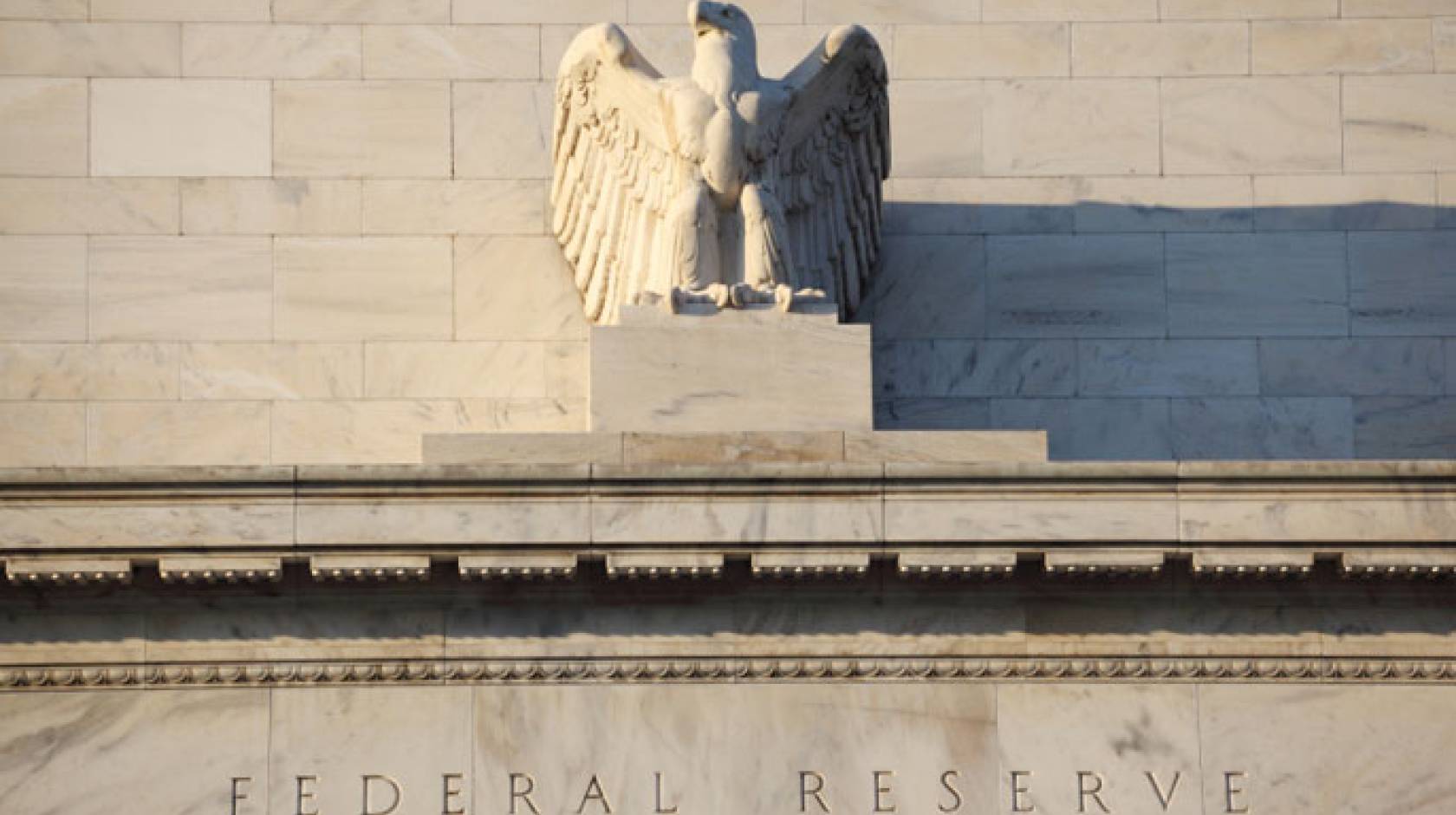UCLA Anderson School of Management, UCLA

UCLA Anderson Forecast’s first quarterly report in 2016 for the United States calls for continued, though slightly slower, growth while expecting inflation to rise above the Federal Reserve Board’s 2.0 percent target. Growth in the national economy will be driven by increases in consumer spending and housing, as well as an end to the inventory correction currently underway.
For California, the forecast has been revised down slightly from the past few releases, primarily due to slower-than-expected national economic growth in 2016. The current forecast for the state calls for a steady decrease in the unemployment rate through 2018, to about 5.0 percent by the end of that year.
The national forecast
In his outlook for the national economy, UCLA Anderson senior economist David Shulman writes that the recent fears of a national recession, fueled by the January-to-February drop in stock prices, have subsided. The markets, he writes, were disturbed by fears of a significant slowdown in China, continued stagnation in Europe and Japan, a break in oil prices to below the levels of the 2009 financial crisis and concerns regarding the European banking system.
However, Shulman writes: “The markets soon calmed down and wiped out much of their earlier losses, as strong data from the consumer side of the economy indicated that retail sales were solid and employment growth remained robust. Simply put, aside from modest declines in the industrial sector, there was no recession in the data.”
But Shulman writes there are more disturbances on the horizon, including the United Kingdom’s upcoming decision on whether to remain in the European Union and a pair of major presidential candidates who want to “blow up” the global trading system.
“Economists might not know all that much,” Shulman said. “But trade wars usually do not lead to prosperity; quite the contrary.”
While the forecast continues to be on track for moderate growth, enthusiasm has dampened and expectations have been revised slightly downward. Instead of looking for 3.3 percent growth in real GDP for 2016 on a fourth quarter basis, the Anderson Forecast now calls for a more modest 2.7 percent growth rate. Despite the lower GDP growth rate, the economy remains on track to create 2.4 million jobs this year and 1.5 million jobs next year, as the economy operates at full employment.
Consistent with the March statement from the Federal Reserve Board, the forecast expects two or three increases in the Fed funds rate, with the first one likely to be in June. Growth will be driven by increases in consumer spending and housing, along with the end of the inventory correction we are now experiencing. The risks to the forecast come from outside the U.S., where disturbances in Europe and Asia along with domestic politics have the potential to cast a pall over the U.S. economy.
The California forecast
In his April essay, UCLA Anderson senior economist Jerry Nickelsburg looks at the ways in which innovation affects growth in California.
“While innovation is not the entire story of the economic recovery, it certainly is an important part of it,” Nickelsburg writes. “The very rapid growth in Silicon Valley and San Francisco attests to this fact.”
Nickelsburg writes that, in the near term, the critical mass developed with California’s research institutions will continue to provide the state with a disproportionate amount of innovation and, therefore, a faster rate of growth in GDP than the average for the U.S.
“The fly in the ointment stems from the fact that innovation in productivity improvements is not like assembling aircraft,” Nickelsburg said. “It comes in fits and starts and is inherently unpredictable. Nevertheless, we expect California’s GDP growth rate to exceed that of the U.S. through our forecast period.”
The current outlook is for continued steady gains in employment through 2018 and a related decrease in the unemployment rate in the state over the next two years. Nickelsburg expects California’s unemployment rate to be roughly the same as the U.S. rate, 5.0 percent by the end of the forecast period.
The forecast calls for total employment growth of 1.9 percent in 2016, 1.6 percent in 2017, and 1.0 percent in 2018. Payrolls will grow at about the same rate. Real personal income growth is estimated to be 3.6 percent in 2016 and forecast to be 3.2 percent in 2017 and 3.0 percent in 2018.
National venture capital investment and innovation
In a companion essay, Anderson Forecast economist William Yu looks at venture capital investment and innovation across the country.
Robust venture capital investment on startups began to cool during the past two quarters, thanks to a bruised stock market. Though another dot-com bubble burst is less likely due to the absence of a bubble, investment specific to the software industry could present more risks to investors in some geographic areas. If innovation is measured by the number of patents issued, there has been healthy growth in innovation in recent years, which could partly be correlated to surging venture capital investing. Yu also writes that the pace of foreign countries getting patents granted in the U.S. is robust and dominated by Japan, Germany and the United Kingdom.
Ideas + Innovation and the Los Angeles Economy
All of the economists’ reports will be presented at UCLA Anderson Forecast’s quarterly conference beginning at 8 a.m. PT on April 6. The conference will feature panel discussions focused on how innovation affects the local economy, and Henry Bzieh, Kia Motors USA’s chief technology officer, will deliver the keynote address.
UCLA Anderson Forecast is one of the most widely watched and often-cited economic outlooks for California and the nation and was unique in predicting both the seriousness of the early-1990s downturn in California and the strength of the state’s rebound since 1993. More recently, the forecast was credited as the first major U.S. economic forecasting group to declare the recession of 2001.

